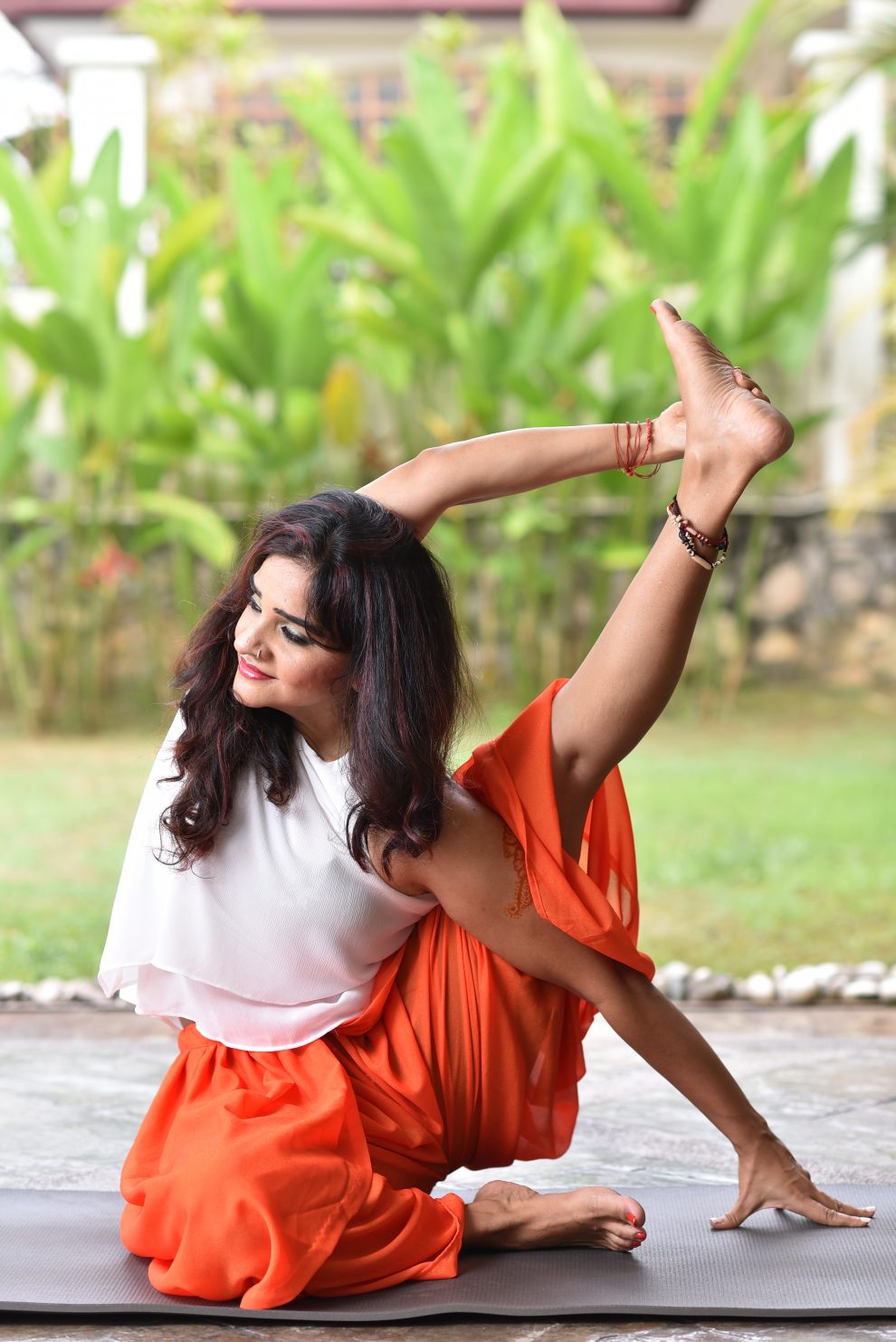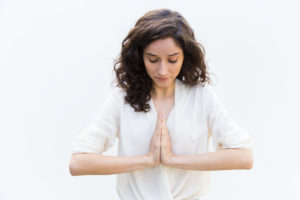Yoga is like music: the rhythm of the body, the melody of the mind, and the harmony of the soul create the symphony of life.
Guruji B.K.S.Iyengar
The basic understanding we should have is that our mind, body and breath are all deeply connected. This is not just something our ancient yogis discovered thousands of years ago through their deep exploration of the human body and psyche through asanas and breathing and meditative practices but something modern science is reiterating as it continues in the pursuit of understanding the human body.
Mind-Body Seamlessness
As Hatha yogis we understand that mind and body are seamlessly connected and that the body is profoundly affected when we experience mental trauma. It tenses in uncertainty, braces in threat, freezes in shock and collapses in hopelessness. In fact, our every thought has a corresponding affect on every cell in our body. When we get angry or agitated, it triggers a cascade of effects; stress hormones like cortisol and epinephrine flood our bloodstream affecting the heart, digestive system and immune system.
The breath
The breath too is deeply entwined with the state of the mind and body and is thus one of the most powerful tools that we have in influencing the state of our minds. Most of us live our whole lives oblivious to our breath unless we run into breathing difficulties. But as we step into these yogic practices, we are directed to notice the breath and to learn to consciously work with it. We see that the breath is not the same at all times and that the state of the body and mind affects the quality of the breath. When we are angry or agitated, our breath is short and jerky. But if we are admiring a sunset or contemplating a beautiful painting, our breath is soft and calm. When we do some physical exertion with the body like run up a flight of stairs our breath is short and fast so it is clear that mind, body and breath are all connected.
This wisdom of the inherent non-divisiveness of body and mind forms the psychological, physiological and spiritual underpinning of yoga.
Manoj Kaimal
Guru, Manasa Yoga
Asana practice is a great place to connect and work through life. As we become more aware of our thought patterns, we relax on judgments and conditions of “getting it or not getting it”. We learn to find joy in unraveling the process of the asana and pleasure in the fluidity and grace of our bodies. With consistent attunement, attitudes of accommodation, compassion and kindness to our bodies spills over into our psyche too as we face road blocks in our everyday life. It teaches us to live in yoga.
Physiologically, the sustained stretch will lead to a relaxation response in the opposing muscles. Consciously working with the breath affects the state of the mind too shifting it to a more centered and grounded state. Our bodies are always in a state of fight or flight. Asana, pranayama and yoga nidra (deep relaxation) practices activate the parasympathetic nervous system which is responsible for the relaxation response in the body and thus helps the nervous system regain its equilibrium.
Learning to work with our breath through specific techniques are cornerstone to yogic practices. One practice we can begin with is:
Sama-vritti pranayama
Here we work on even lengths of inhalation and exhalation. That evenness in the breathing pattern brings a balance to the different rhythms of the body as well as stability to the mind.
- Sit in a comfortable cross-legged position on the mat with the spine straight. If the mat is uncomfortable, you can sit on a chair too.
- Keep the eyes closed and bring your attention to the breath. Feel the inhalation and exhalation.
- Feel the gentle rhythm between the body and breath as the ribcage expands with the inhalation and softens with the exhalation.
- Deepen the breathing. With every inhalation feel the ribcage expand and the abdomen move away from the spine. With every exhalation feel the gentle softening of the ribcage and the abdomen move back towards the spine.
- To maintain the focus you can keep a count of 6:6 or 8:8 and increase or decrease it to suit your individual breathing capacity.
- Do 8 rounds to begin with. You can increase it as you get more comfortable with the practice.
Shailaja Menon is the author of Yoga Shakti, Awaken Your Own Power. She is a Manasa Yoga teacher based on Malaysia and has been teaching yoga for over 18 years now. She is also prolific speaker and writer.
Shailaja can be contacted at: shailajamenon16@gmail.com
www.matnbeyond.com















Add Comment